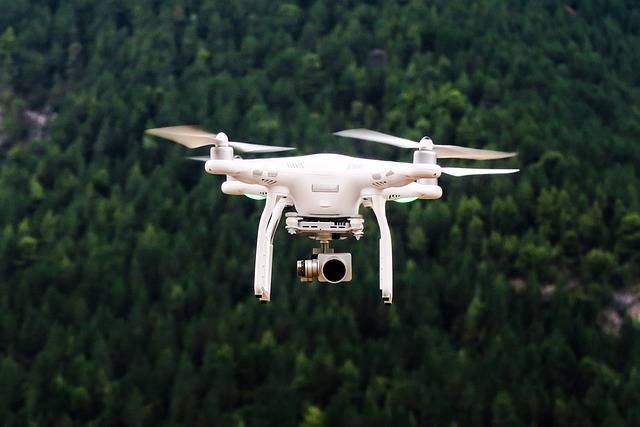In recent years, the development of drone technology has revolutionized various industries and opened new possibilities for commercial and recreational use. Amongst the wide array of drones available, the gas powered drone stands out as a unique category offering distinct advantages over its electric counterparts. As we delve into the world of gas powered drones, we explore their benefits, potential applications, and why they might be the preferred choice for certain operations.
Key Advantages of Gas Powered Drones
The foremost benefit of a gas powered drone is its extended flight time. Unlike electric drones, whose batteries often limit them to brief usage, gas powered drones can operate for several hours without needing to refuel. This makes them ideal for longer missions where continuous flight is crucial.
Moreover, gas powered drones typically have a higher payload capacity due to their robust engines. This allows them to carry larger and heavier equipment, making them suitable for tasks such as agricultural crop monitoring, where substantial sensors are required, and for deliveries that require transporting heavier packages over vast distances.
Durability and Reliability
Gas powered drones are built with durability in mind. They are designed to withstand adverse weather conditions such as strong winds and rain better than many electric drones. This is particularly advantageous for operations in unpredictable climates or challenging terrains.
Another noticeable advantage is the reliability factor. Gas engines tend to be more resilient over time compared to battery-powered systems. Electric drone batteries can degrade relatively quickly, shortening their lifespan. Gas engines, on the other hand, can be maintained and serviced, extending the lifespan of the drone.
Applications in Varied Industries
The versatility of gas powered drones makes them suitable for a range of applications. In agriculture, for example, these drones can cover large acreages for crop analysis and pest control, providing farmers with essential data to enhance productivity. They can also be utilized for infrastructure inspection in remote or hard-to-reach areas, where traditional methods are impractical.
Furthermore, in the realm of emergency response, gas powered drones can be deployed for search and rescue missions, delivering supplies or surveying areas affected by natural disasters. Their ability to operate for longer periods and navigate difficult terrains enhances the effectiveness of these critical operations.
Cost Considerations
While gas powered drones boast numerous advantages, it’s essential to consider the cost implications. These drones generally have higher upfront costs due to their complex engines and construction. However, when factoring in operational costs for long-term missions, they can prove to be a more economical choice due to reduced charging downtime and maintenance longevity.
Selecting the Right Drone for Your Needs
Ultimately, choosing between gas powered drones and electric drones depends on the specific requirements of the task at hand. Operators must weigh factors such as flight duration, payload capacity, environmental conditions, and budget constraints. Gas powered drones are undoubtedly an excellent option for scenarios demanding endurance, reliability, and heavy lifting capabilities.
Common Questions
Q: Are gas powered drones environmentally friendly?
A: Gas powered drones emit carbon gases due to fuel combustion; however, advancements are being made to improve their efficiency and reduce environmental impact.
Q: How do gas powered drones compare in terms of noise?
A: They are generally louder than electric drones due to engine noise but technology advancements are aiming to reduce this noise pollution.
Q: What maintenance do gas powered drones require?
A: Regular engine servicing, fuel system checks, and ensuring all mechanical parts are in good condition are pivotal for reliable performance.